
The La Anexión Hospital in Nicoya will become the first human milk collection center (CRLH- centro recolector de leche humana) in Costa Rica. With this new project, breastfeeding mothers in Nicoya and neighboring cantons will be able to donate breast milk for babies in critical condition admitted to hospitals across the country.
La Anexión staff will take the milk collected to the human milk bank (HMB) at the San Ramon hospital, in the province of Alajuela, where they will pasteurize it and distribute it to neonatal units at the hospitals that this medical center supplies: San Ramon and San Juan de Dios.
Now, with the milk donated from Nicoya, Enrique Baltodano Hospital in Liberia and even La Anexión Hospital will be added as recipients.
Donation capacity in San Ramon is going to increase and that will significantly support other hospitals such as Nicoya and Liberia,” specified Robert Moya, chief of pediatrics at the San Ramon Hospital.
Planning began for the initiative more than a year ago. “Many breast milk ‘super producer’ mothers wanted to donate it here in the hospital, but not having a milk bank, we couldn’t receive it,” said Silvia Gutierrez, a nurse from the La Anexión Lactation Clinic.
Due to the interest of mothers in Guanacaste, the hospital contacted the San Ramon hospital’s HMB staff— the first in the country— to form an alliance, receive training and create a protocol along with them.
“We’ve taken it slowly but now it’s a dream come true,” remarked Gutierrez.
“What we hope is to save lives, for these children, apart from all of the medical treatments, receive the best diet, which is breast milk,” she added.
Right now, the lactation clinic is making a list of potential donors, which number 20 so far. Starting in May, those moms will undergo an assessment and clinical exams to make sure they meet the requirements (outlined later in this article).
If you want to sign up too, call the lactation clinic phone at 2685-8421.
Each mom approved will receive training from the clinic staff on hygiene protocols and care and a donation kit that includes a breast pump. Mothers who live near the hospital will be able to deliver it to the lactation clinic, and the hospital will also create milk collection routes for those who live in more remote areas: Jicaral, Nandayure, Hojancha and Santa Cruz.
Creating a Donation Culture
Costa Rica has two human milk banks, the one at the San Ramon Hospital and another at the Hospital de la Mujer (Women’s Hospital) in San Jose, inaugurated in 2011 and 2018 respectively. Both are in charge of collecting milk, processing it, controlling its quality and distributing it to where it is needed. Now La Anexion joins them as the first collection center. A regulation provides operational guidelines for both banks and collection centers.
According to Dr, Moya, the pediatrician from San Ramon’s human milk bank, the Women’s Hospital usually provides food for babies admitted to that medical center, to the Calderon Guardia and to the Children’s Hospital, while San Ramon’s bank supplies the San Ramon Hospital and San Juan de Dios.
Both hospitals are supported by the Catalina Vega Foundation, a non-profit organization that has been promoting breast milk donation since 2015. The foundation’s volunteers recruit lactating mothers and put them in contact with human milk banks in the country to donate milk. They also collect money to support milk collection routes and donate equipment to maternity units.
The foundation also observed that there are mothers outside of the coverage areas of the two milk banks who are willing to donate but can’t find a place to do so.
There has been general interest from mothers from Puntarenas, Guanacaste and Limon,” said the foundation’s donor recruiter, Natalia Granados.
It’s normal for there to be a shortage of breast milk donations in the country and, in this scenario, the Costa Rican Social Security Fund (CCSS) opts to feed them with infant formula.
But that isn’t the ideal scenario. Formula doesn’t contain protective agents against infections like breast milk does, and babies fed formula are ten times more likely to develop acute necrotizing enterocolitis, a disease that damages the intestines of a premature baby, explained Dr. Moya.
The institution doesn’t have precise statistics on the need for milk or for donation, but Moya said they are working on an information system that can integrate data from all of the hospitals.
“Each hospital has very diverse needs because it depends on the number of premature babies or on the mothers and their conditions, for example, mothers who don’t live near the hospital where the baby is and require support to feed him,” she explained.
Faced with the demand, CCSS also set out to build the largest and most modern human milk bank in the country in the new hospital in Puntarenas, which they estimate will open by the end of 2022, said Dr. Moya. Meanwhile, he added, CCSS plans to set up another breast milk collection center in the current hospital in Puntarenas, similar to the one at La Anexión.
“The milk bank project is a national project and the idea is to supply where it is needed. It is a finite resource,” he said. “And at the same time, it is very difficult to achieve 100% coverage in a country,” he added.
Requirements
According to Moya, 30% of women are super producers of milk. “You have to understand that what happens is that these mothers use this overproduction because they store it, if they have to work, for example, to leave milk for their children.”
Add to this that some mothers don’t know that they can donate or they’ve heard myths about donation, such as that if they become donors, they’ll leave their babies with a supply shortage. “Many moms think they can run out of milk, but if they express, breastfeed, and pump to donate, it really makes them produce more milk,” said Granados, from the Catalina Vega Foundation.
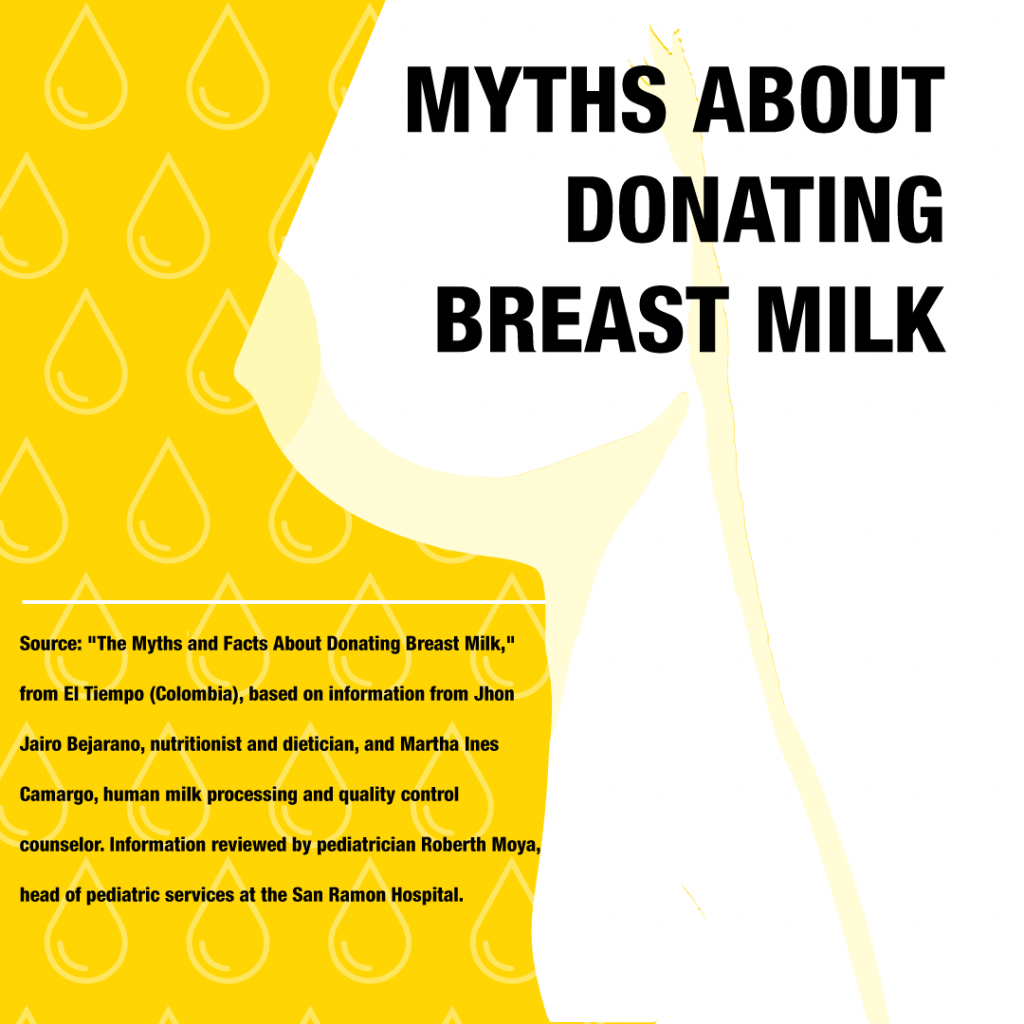
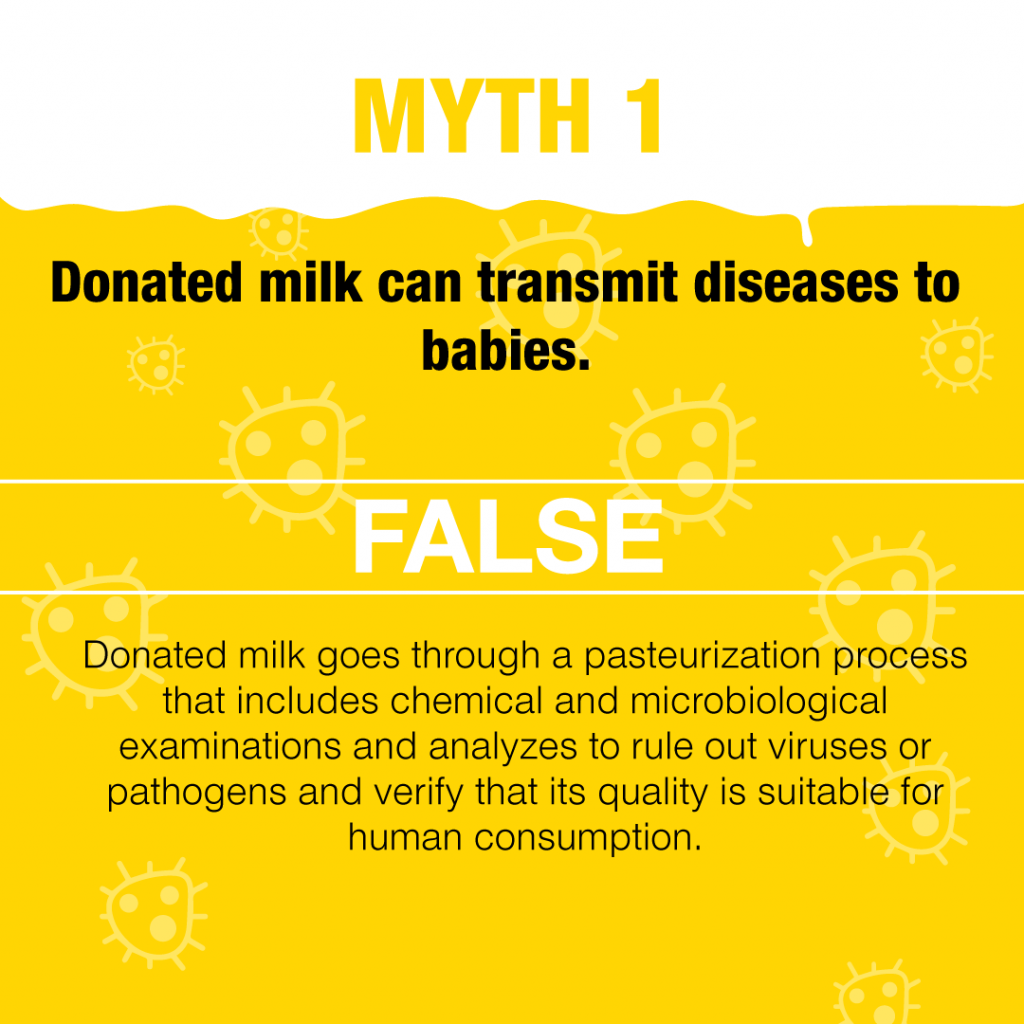
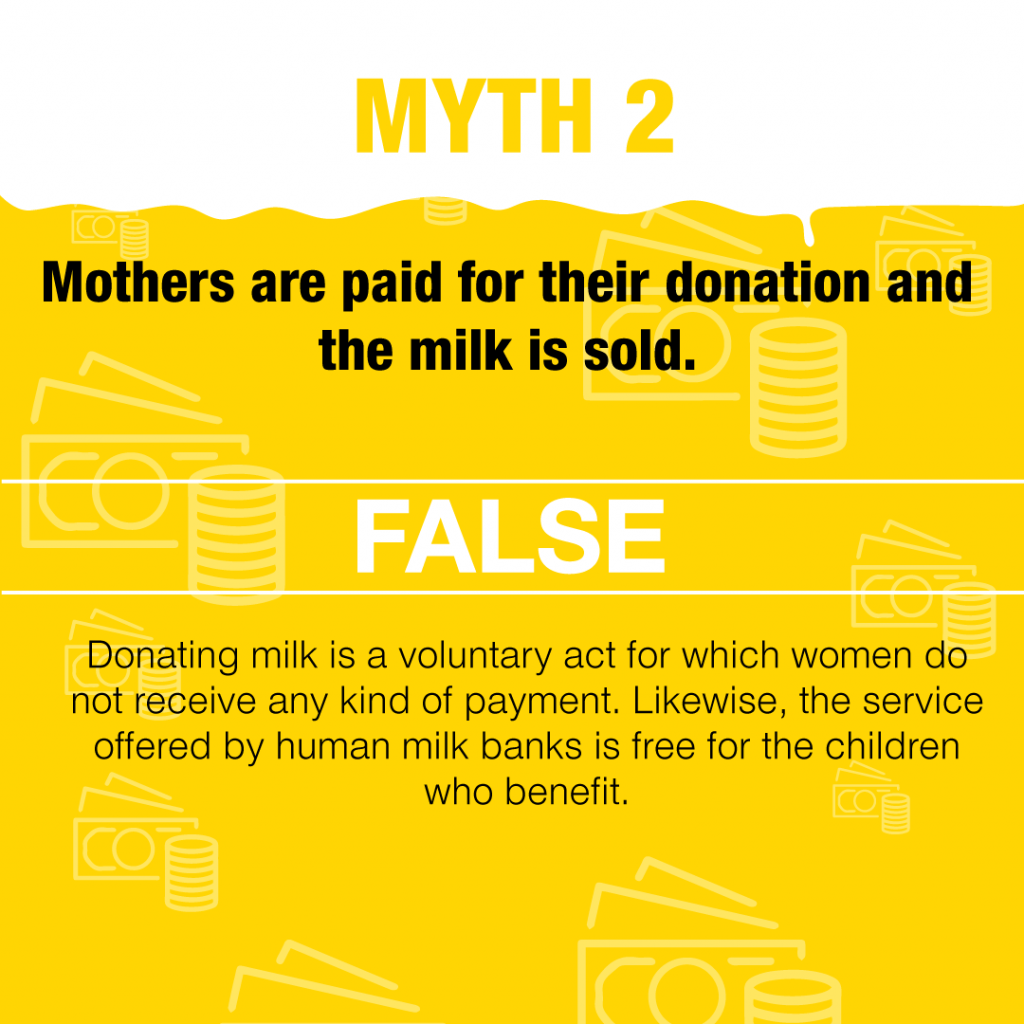
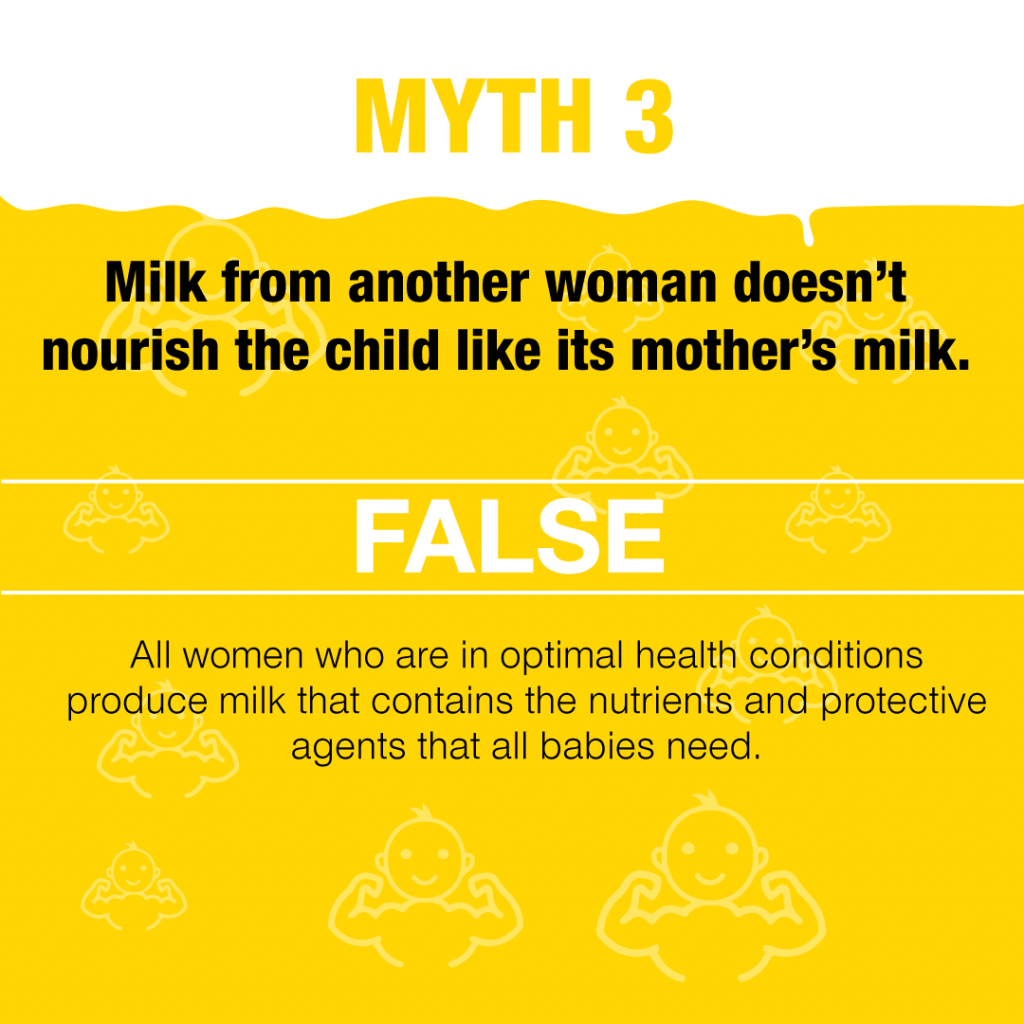
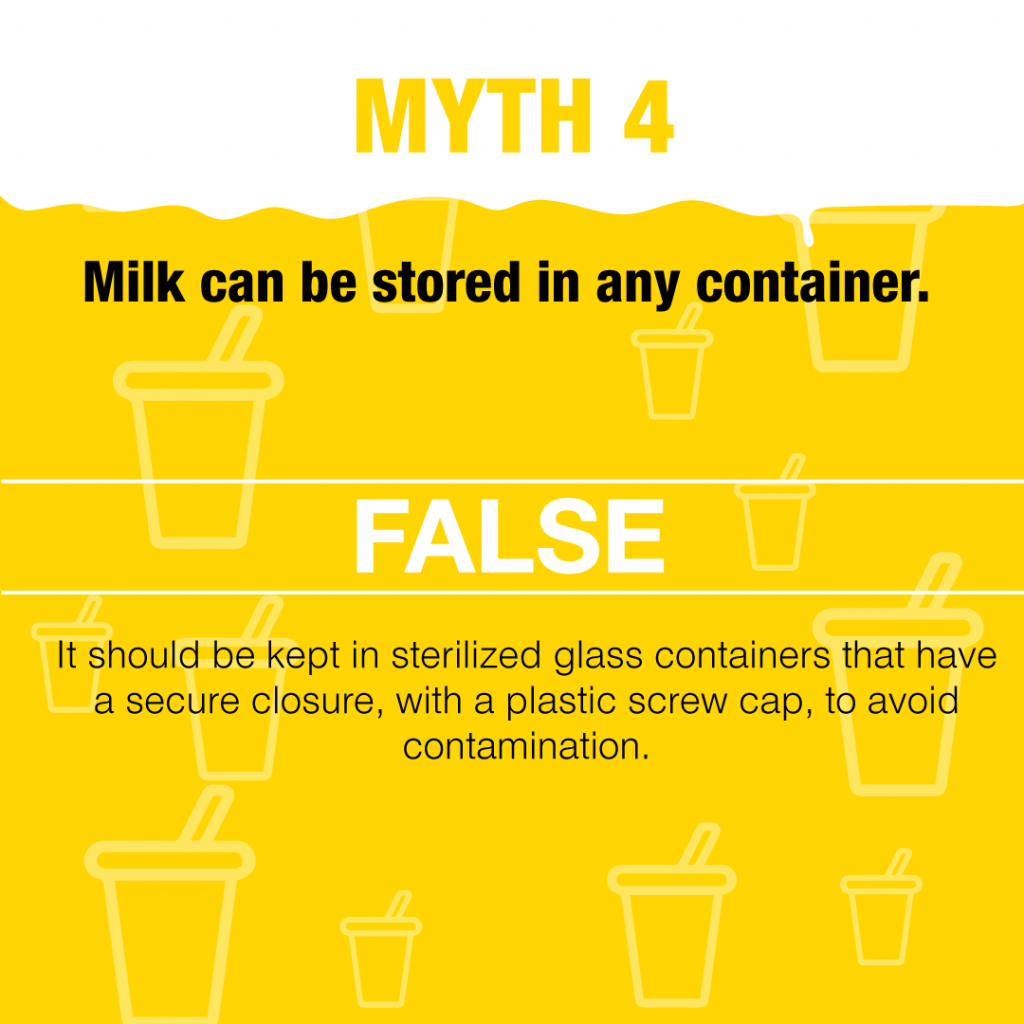
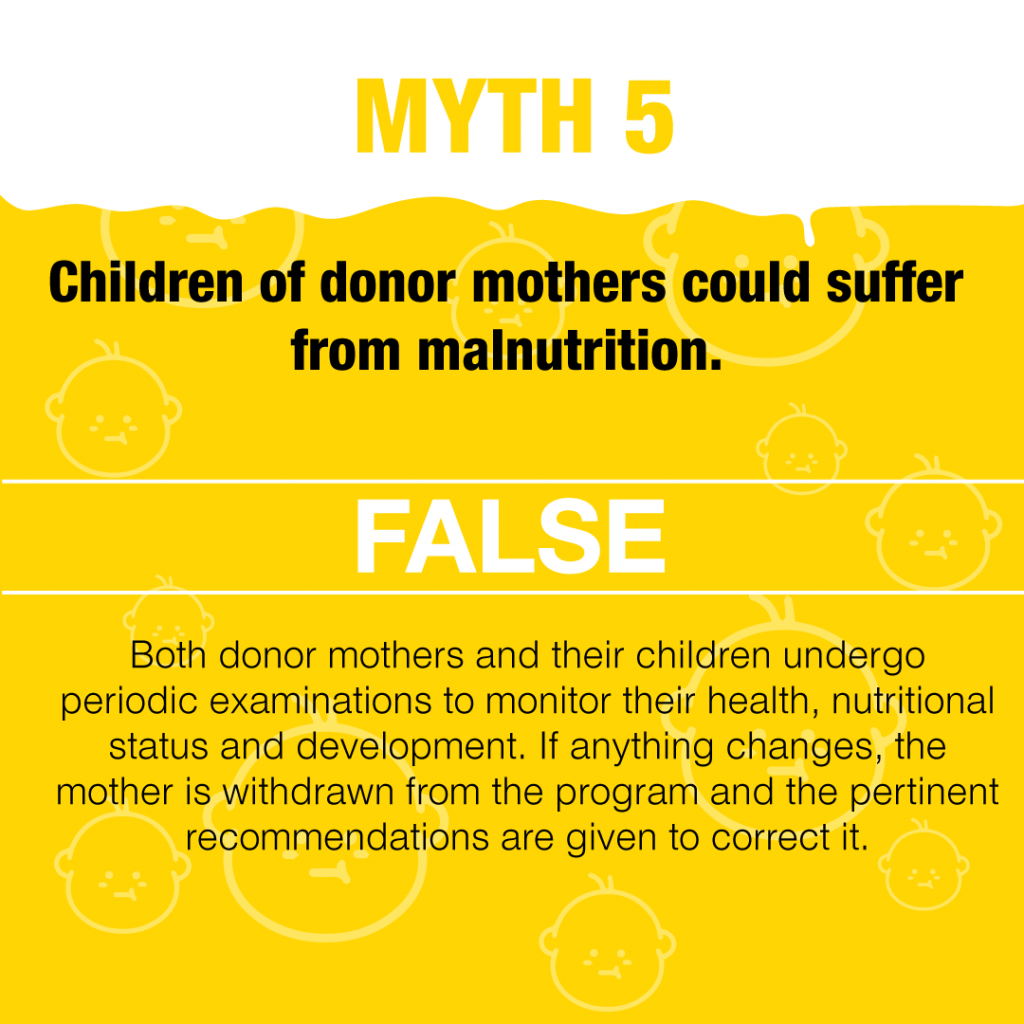
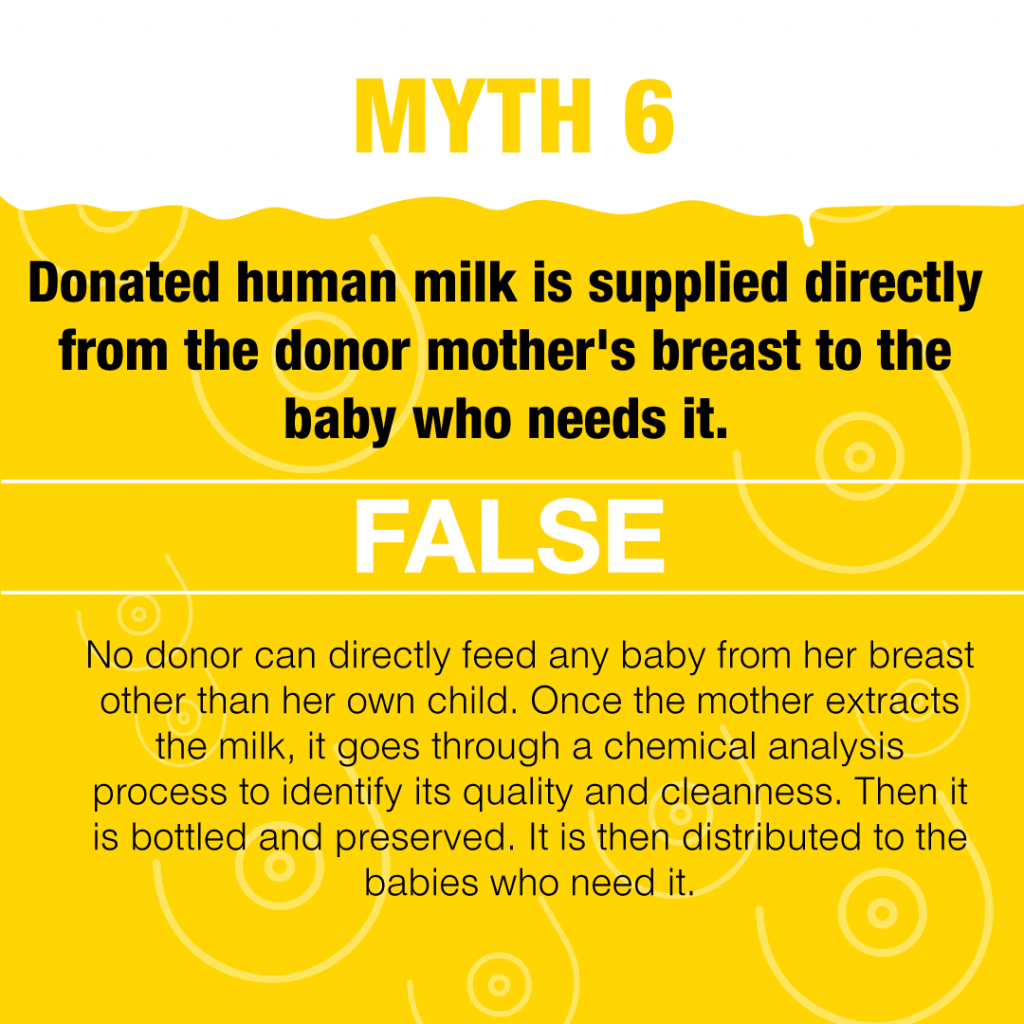
The basic requirements to be a donor are:
- Mother and child are in good health
- Produces plenty of milk
- Undergo a certification interview
- Get lab tests done
- Get breast exams
- Be a legal adult
- Doesn’t take medications that are incompatible with breastfeeding
- Doesn’t drink alcohol, take drugs or smoke
- A year has passed after getting any piercings, tattoos and other procedures involving needles, such as microblading
If you want to be a breast milk donor at the La Anexión Hospital collection center, call 2685-8421.
If you live in San Jose, San Ramon or surrounding areas and are interested in donating human milk, contact the San Ramon HMB at 2456-9894, the Women’s Hospital at 2523-5726 or the Catalina Vega Foundation at 6238-4732.


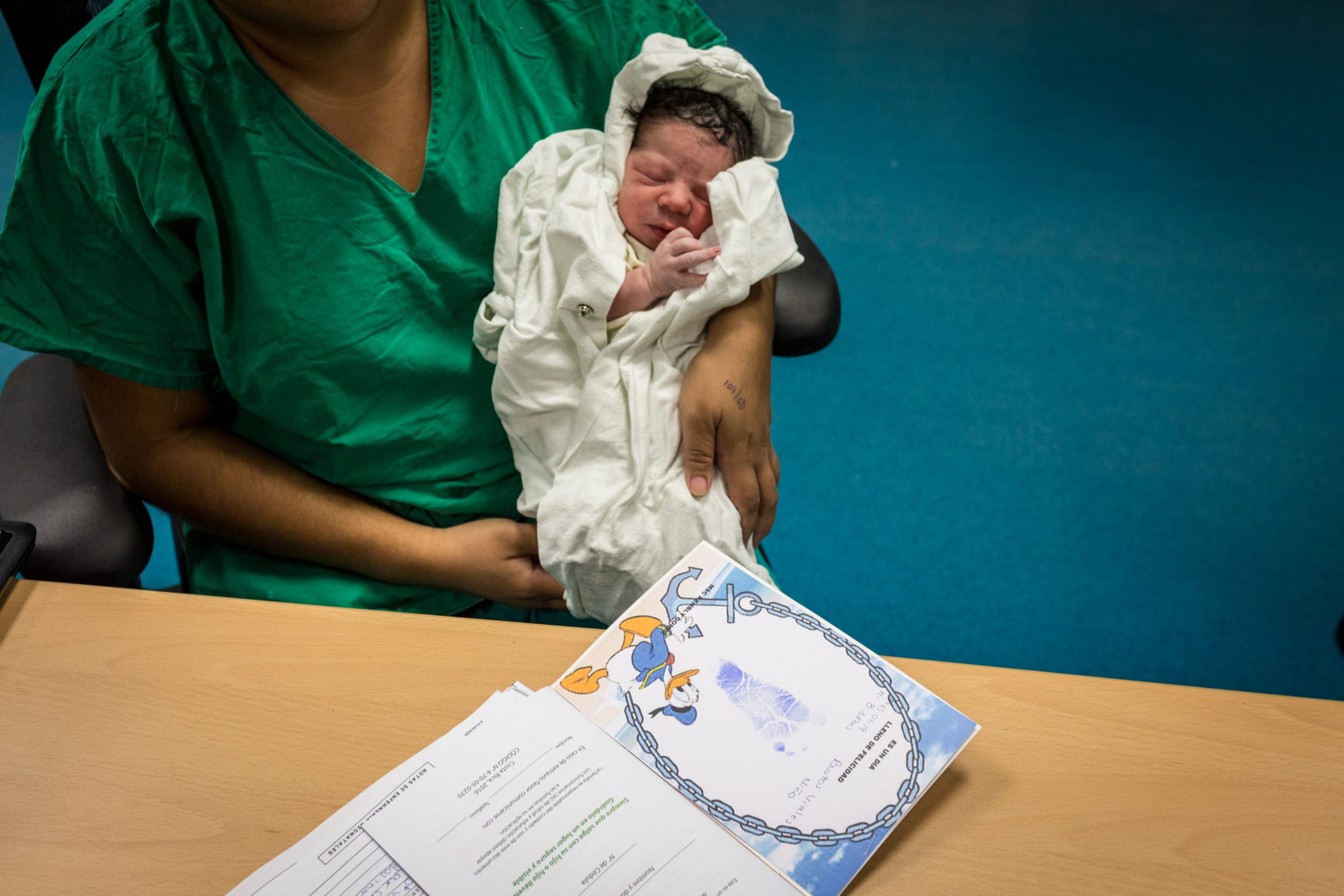
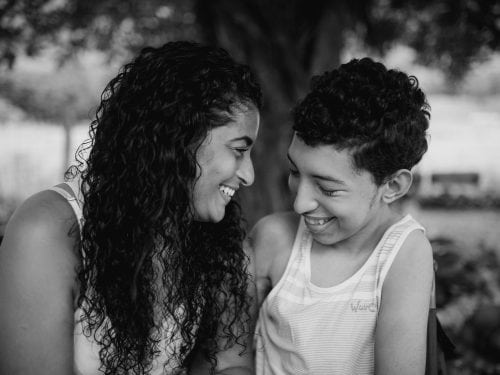
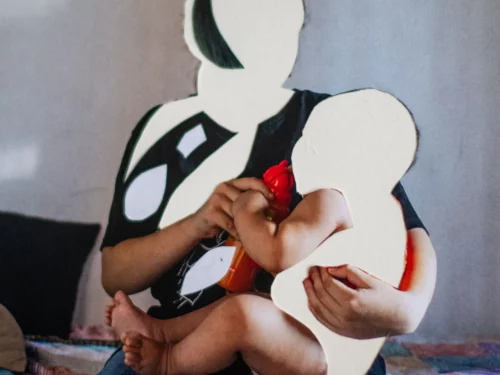
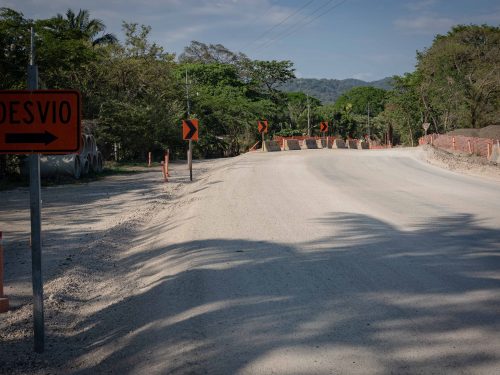

Comments